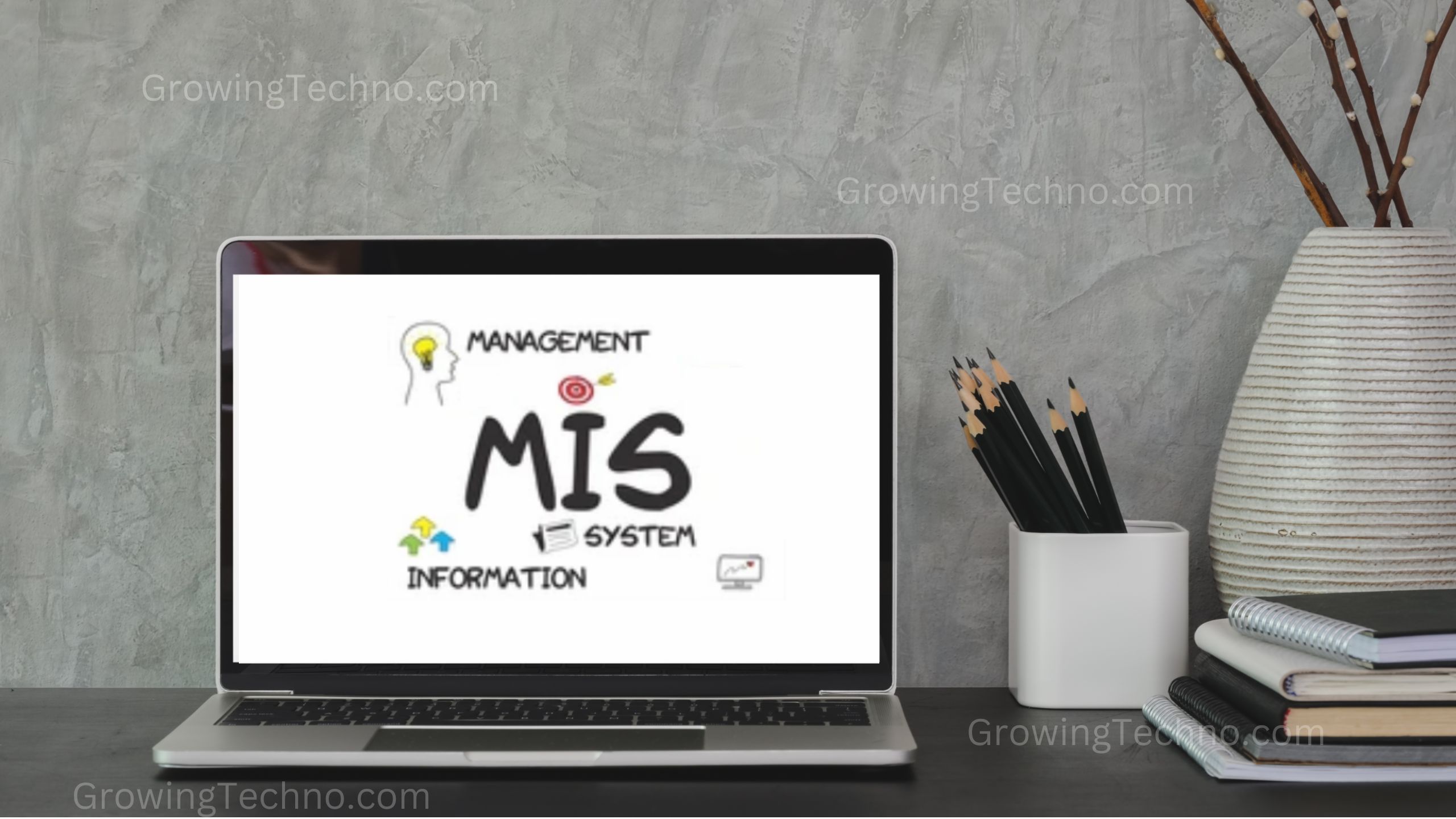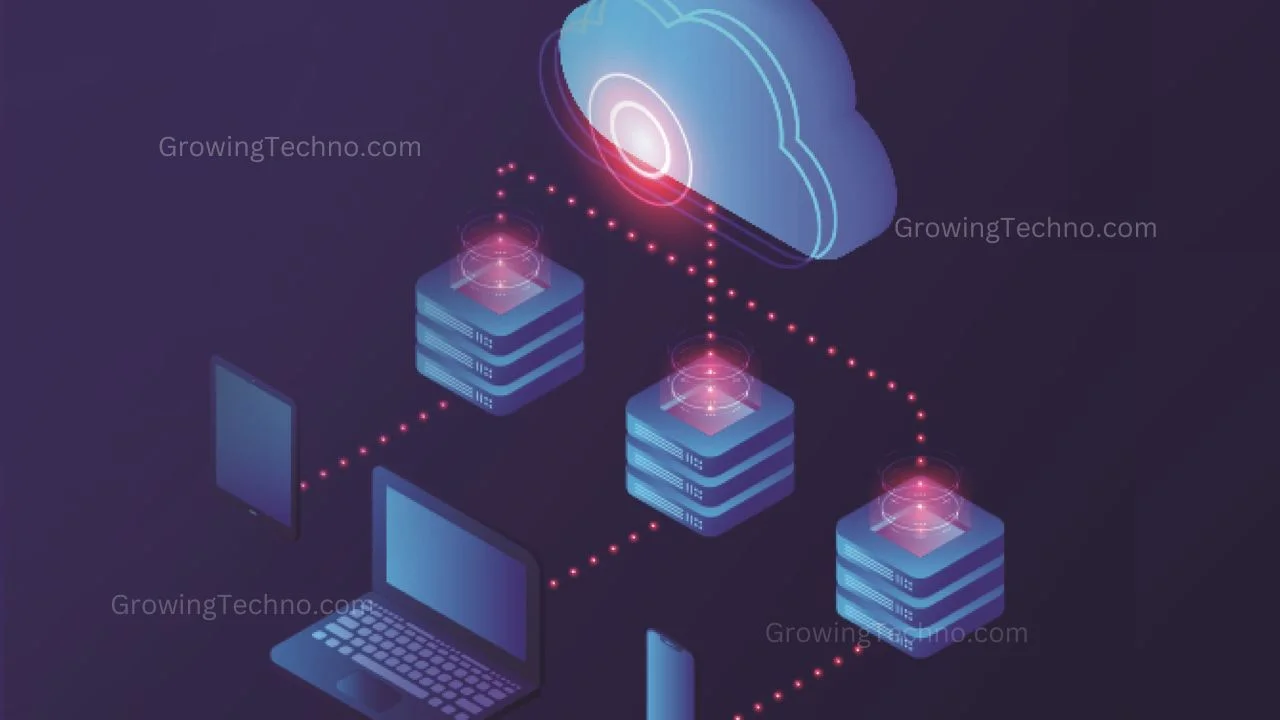
In today’s fast-paced business world, staying ahead means embracing innovation, often driven by technology. But with this reliance on technology comes a set of challenges. This article explores five major IT challenges businesses face today and offers practical solutions for unleashing innovation and achieving lasting success.
The Landscape of IT Challenges
In the modern business landscape, the integration of technology is not just a choice; it’s a necessity. This digital transformation is driven by various factors, including the need for efficiency, improved customer experiences, and staying competitive in a rapidly evolving market.
However, as businesses increasingly depend on technology to fuel their growth, a unique set of challenges arises. These challenges have the potential to hinder innovation and limit a company’s ability to adapt to changing circumstances. Therefore, understanding and overcoming these IT challenges is essential for sustained success and business innovation.
Challenge 1: Cybersecurity Threats – Protecting Your Digital Assets
In an age of cyberattacks and data breaches, safeguarding digital assets is paramount. Cyber threats are becoming more sophisticated, and the consequences of breaches can be financially crippling and reputation damaging.
The Challenge
Cyber threats, including phishing, malware, and ransomware, are a constant concern. They evolve rapidly, demanding continuous vigilance. Protecting your organization from these threats while ensuring the smooth flow of operations is a significant challenge.
Solution
Cybersecurity threats are persistent and constantly evolving. To bolster your cybersecurity defenses:
- Deploy Firewalls and Intrusion Detection Systems: Install robust firewalls that act as a barrier between your network and potential threats. Intrusion detection systems (IDS) continuously monitor network traffic for unusual patterns or behavior and can alert you to potential attacks.
- Keep Software Updated: Regularly update all software, including operating systems and applications. Cybercriminals often exploit known vulnerabilities, so staying up-to-date is crucial for plugging security holes.
- Employee Training: Train your employees in cybersecurity best practices. This includes recognizing phishing attempts, handling sensitive data securely, and following password hygiene guidelines.
- Incident Response Plan: Develop a comprehensive incident response plan that outlines steps to take in case of a breach. This ensures a swift and organized response, minimizing damage.

By implementing these measures, your organization can significantly enhance its cybersecurity posture, allowing innovation to flourish without compromising security.
Challenge 2: Legacy Systems – Modernize for Efficiency
Many organizations grapple with outdated legacy systems that hinder progress. These systems often lack compatibility with modern applications, slowing operations.
The Challenge
Legacy systems pose challenges like compatibility issues, high maintenance costs, and security risks. These challenges limit an organization’s agility and ability to adopt new technologies.
Solution
Modernizing legacy systems is essential for staying competitive and fostering innovation. Here’s a more detailed approach:
- Prioritization and Assessment: Begin by identifying which legacy systems are most critical to your operations. Assess their compatibility with modern applications and their potential for modernization.
- Transition to Cloud: Consider migrating critical systems to cloud-based solutions. Cloud offers scalability, flexibility, and easier integration with modern applications. It also reduces maintenance costs associated with on-premises hardware.
- Integration Tools: Invest in integration tools and platforms that facilitate seamless communication between legacy and modern systems. This ensures that data and processes can flow freely between different parts of your IT ecosystem.
- Phased Approach: Modernization doesn’t have to happen all at once. Implement a phased approach to gradually update and replace legacy systems, reducing disruption to ongoing operations.
By taking these steps, you can overcome the challenges posed by legacy systems and create an IT environment that fosters innovation and agility.
Challenge 3: Talent Shortage – Nurture an Innovative Workforce
The demand for skilled IT professionals surpasses the supply, creating a talent shortage. This impacts recruitment, retention, and skill gaps.
The Challenge
Talent shortages manifest as recruitment difficulties, retention struggles, and skill gaps among employees. Without the right talent, innovation can stagnate.

Solution
Tackling the talent shortage issue requires a holistic approach to workforce development:
- Training and Development: Invest in training and upskilling programs for existing employees. This not only enhances their skills but also demonstrates your commitment to their professional growth.
- Educational Partnerships: Collaborate with educational institutions to create pipelines of fresh talent. Establish internships, co-op programs, and sponsorships to attract students interested in IT careers.
- Flexible Work Arrangements: Offer flexible work arrangements, including remote work options and flexible hours. This can make your organization more attractive to top IT talent, including those seeking work-life balance.
- Outsourcing and Managed Services: Consider outsourcing certain IT functions to specialized service providers. This can help bridge immediate talent gaps while maintaining operational efficiency.
By adopting these strategies, your organization can address the talent shortage and build a workforce that’s not only skilled but also driven by innovation.
Challenge 4: Data Management – Turning Data into Insights
Data is abundant, but turning it into actionable insights remains a challenge. Many organizations struggle to harness the power of their data.
The Challenge
Data management challenges include data silos, poor-quality data, and inadequate analytics tools. Without effective data management, valuable insights remain untapped.
Solution
Effective data management is critical for deriving actionable insights. Here’s a detailed plan:
- Data Integration and Collaboration: Break down data silos by integrating data from various sources within your organization. Promote collaboration among teams to ensure data sharing and consistency.
- Data Quality Assurance: Implement data quality assurance measures, including data cleansing and validation processes. This ensures that your data is accurate and reliable for analysis.
- Analytics Tools and Platforms: Invest in robust analytics tools and platforms that can process large datasets efficiently. These tools should support data visualization, predictive analytics, and machine learning.
- Data Governance: Establish data governance policies and practices to ensure data privacy, security, and compliance with regulations like GDPR and HIPAA.
By mastering these data management techniques, you can transform raw data into valuable insights that drive innovation and inform strategic decisions.
Challenge 5: Scalability – Growing Without Limits
As businesses grow, IT systems must scale accordingly. Scalability challenges can hinder expansion and limit your ability to meet growing customer demands.
The Challenge
Scalability challenges include outdated infrastructure, resource limitations, and slow response times. These challenges can lead to downtime and customer dissatisfaction.
Solution
Scalability is crucial for accommodating business growth. Here’s how to approach it in more detail:
- Cloud Adoption: Embrace cloud computing to expand IT resources dynamically. Cloud services offer on-demand scalability, allowing you to adjust resources as needed.
- Virtualization: Implement virtualization technologies to optimize resource allocation. Virtual machines and containers enable efficient use of hardware resources, enhancing scalability.
- Load Balancing: Utilize load-balancing solutions to distribute network traffic evenly across multiple servers or resources. This prevents overload on specific components and ensures high availability.
- Capacity Planning: Regularly assess your organization’s growth projections and IT resource requirements. Develop a capacity planning strategy that aligns with your business goals.
Scalability ensures that your IT infrastructure can seamlessly support business growth and innovation without bottlenecks or disruptions.
Conclusion: Innovate with Confidence
Innovation fuels business success, and IT plays a crucial role in this journey. By addressing these five IT challenges—cybersecurity threats, legacy systems, talent shortage, data management, and scalability—you can build a robust foundation for innovation.
Investing in cybersecurity ensures your digital assets remain secure. Modernizing your systems enhances agility and efficiency. Nurturing talent supports an innovative workforce. Effective data management turns raw data into actionable insights. Finally, scalability empowers your business to grow without limits.
With these challenges conquered, your organization can innovate with confidence, driving success and growth in today’s dynamic business landscape. By embracing these solutions, you’ll not only overcome IT challenges but also position your business at the forefront of innovation.

















